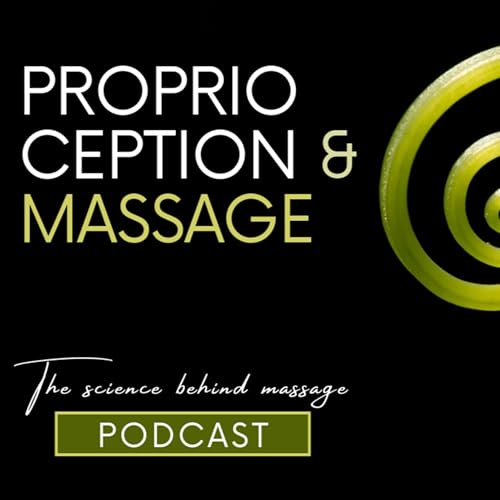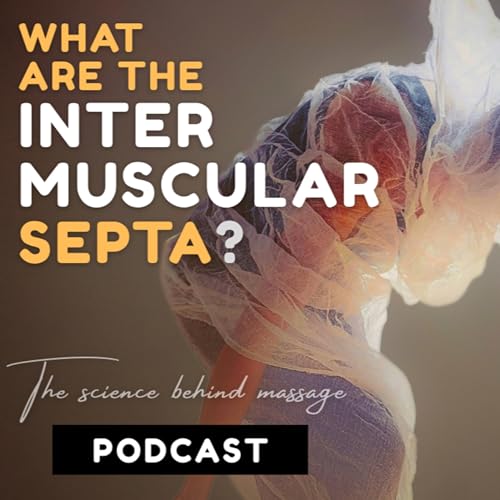In this video, I take a deep look into how the three types of levers—first-class, second-class, and third-class—play out in real, hands-on massage work.
Book an affordable massage class (includes certification): https://jointheflow.weebly.com/our-courses.htmlAmazon book on Gua Sha: https://amzn.to/4kXlGK9 Let's connect: https://www.instagram.com/flowathensJoin this channel to get access to perks:https://www.youtube.com/channel/UCKwF_n9Vs-YtxEj5TRx7dwQ/joinUnderstanding levers in massage therapy isn’t just for anatomy geeks—it’s essential for every massage professional who wants to work smarter, prevent fatigue, and maintain a long, sustainable career. Whether you're practicing Swedish massage on a table or Thai massage on a mat, your ability to use the body’s lever systems efficiently can make the difference between lasting five years in the field or thriving for decades.
Drawing on my professional background as a massage therapy instructor trained in both Europe and in Chiang Mai, Thailand, I bring practical insight into how these biomechanical principles directly affect the quality of your touch, your ability to apply force effectively, and how much strain you put on your own joints and muscles.
When I first trained in Swedish massage, I learned how to use forearms, thumbs, and body weight to create pressure. But it wasn’t until I studied Thai massage in Chiang Mai that I truly discovered what it means to use your own body as a tool. Pulls, lifts, compressions, and stretches suddenly made more sense when I realized I had been fighting against my own levers in many table-based techniques. That moment changed the way I moved forever. My biomechanics became more economical, more sustainable, and surprisingly more effective.This episode is especially useful for professional massage therapists, Thai massage practitioners, physiotherapists, and anyone working in the manual therapy or wellness field who wants to improve their understanding of functional anatomy and biomechanics. We go well beyond textbook definitions and explore real-world applications of leverage during massage therapy—from using your elbow in a seated effleurage stroke to repositioning a client’s limb during stretching.
We’ll cover what each type of lever means in the context of human movement and massage:
How a first-class lever, like when you balance your own weight while doing seated compressions behind a client, gives you control and balance.
How a second-class lever, such as during certain Thai foot compressions, allows you to apply high force with less muscular effort—giving you the advantage when working with larger clients.
And how the third-class levers, which dominate in most of our limb movements, can make small muscles do big jobs—creating strain if not used with bodyweight efficiency.
The conversation around mechanical advantage is especially important here. You’ll learn how to position yourself so that your joints and limbs are supported by gravity and smart alignment, rather than relying solely on muscle power. These are not just academic ideas—they’re the key to minimizing fatigue, improving pressure control, and working with grace and power, even after hours of back-to-back sessions.We’ll also look at the difference between table-based and mat-based work. If you’re someone who wants to go beyond routine and really master the body’s natural mechanics, this episode is for you. It blends functional anatomy, practical biomechanics, and clinical insight, giving you tools you can take straight into your next session.Watch the full video to start using your own body more efficiently, reduce long-term strain, and refine your practice from the inside out. Don’t forget to subscribe to the channel so you don’t miss future episodes. Let’s keep the conversation about smart, sustainable, science-based bodywork going.
 Sep 8 202510 m
Sep 8 202510 m Aug 30 202511 m
Aug 30 202511 m 12 m
12 m Aug 20 202511 m
Aug 20 202511 m 10 m
10 m Jul 29 202512 m
Jul 29 202512 m 10 m
10 m 9 m
9 m
